Latest Articles
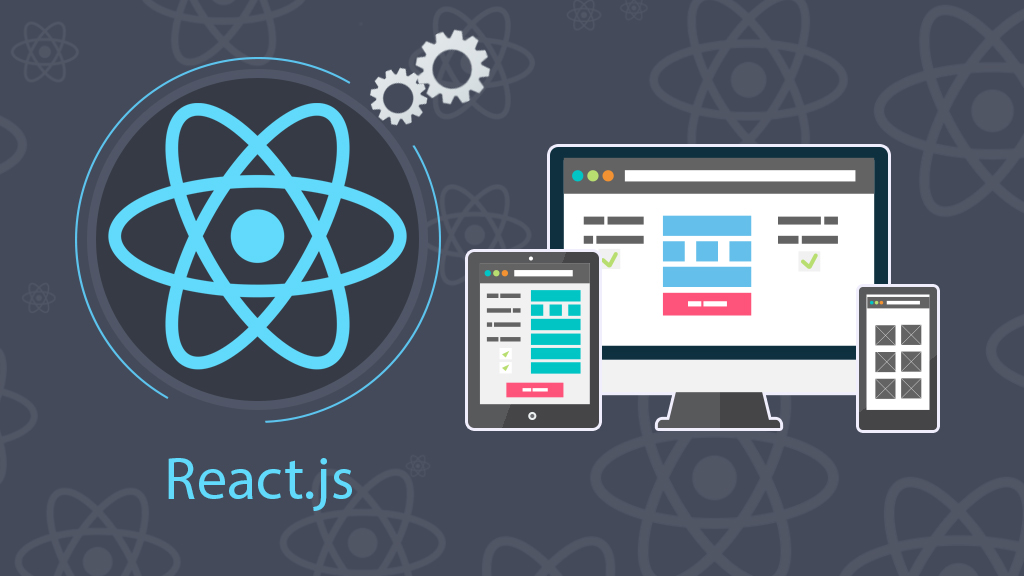
Why Choose React.js for Modern Web Development
Mayur Bariya
Modern Web Development
16-Sep-2025
React.js is one of the most popular front-end libraries for building dynamic and interactive web applications.
Its component-based architecture allows developers to break down complex UIs into reusable, maintainable pieces, which improves code readability and scalability.
React’s virtual DOM efficiently updates only the parts of the UI that change, resulting in fast and responsive applications.
With a vast ecosystem of libraries, hooks, and tools, React enables developers to implement advanced features like state management, routing, and API integration seamlessly.
Learning React.js demonstrates your ability to create modern, high-performance front-end applications that provide an excellent user experience.
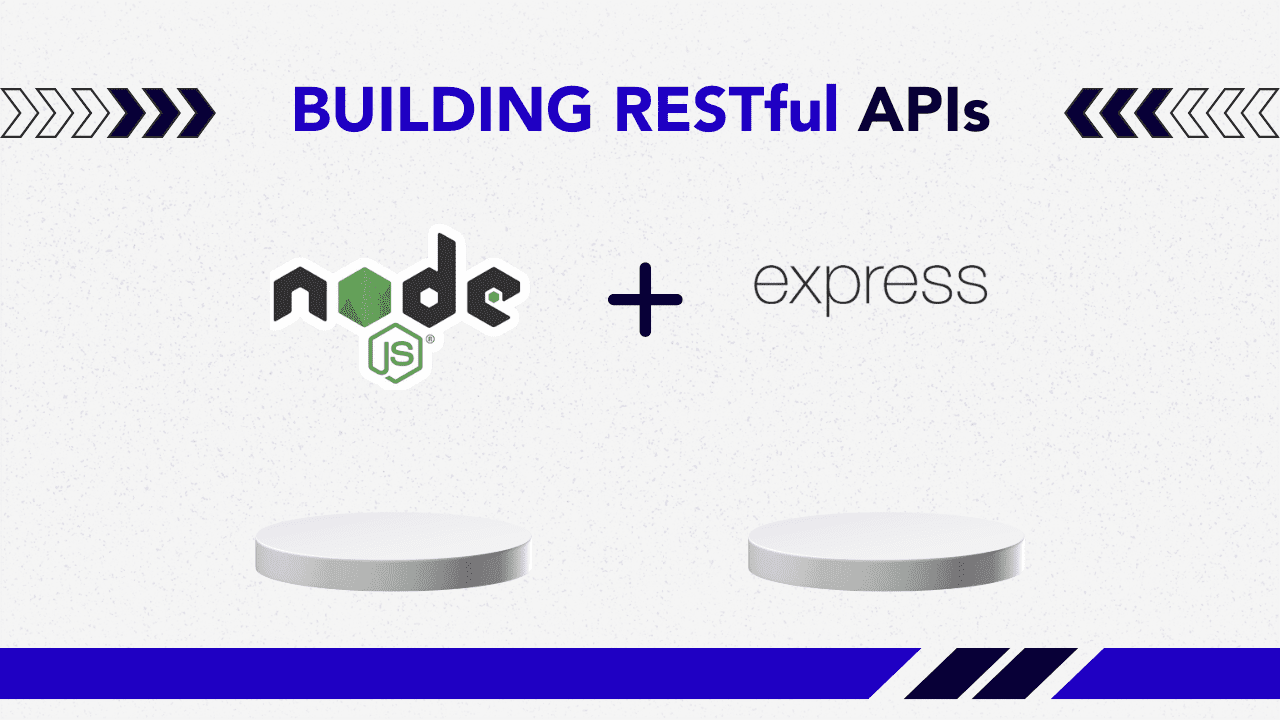
Building RESTful APIs with Node.js and Express.js
Mayur Bariya
Node.js and Express.js
18-June-2025
Node.js, paired with Express.js, is a popular choice for building high-performance RESTful APIs and backend applications.
Its event-driven, non-blocking architecture allows it to handle thousands of concurrent connections without slowing down, making it ideal for real-time applications and scalable web services.
Express.js provides a lightweight framework to define routes, handle requests, and implement middleware efficiently, speeding up backend development.
By mastering Node.js and Express.js, developers can create flexible APIs that serve data to front-end applications, mobile apps, or third-party services.
This combination demonstrates strong backend development skills and a solid understanding of full-stack architecture.

Dynamic Website with Next.js
Mayur Bariya
Dynamic Website with Next.js
11-Jan-2025
Build Fast and SEO-Friendly Web Applications
In today’s fast-paced digital world, users expect websites that load quickly, look great, and provide smooth navigation. Next.js, a powerful React framework, helps developers build high-performance, SEO-friendly dynamic websites with ease.
Next.js combines server-side rendering (SSR), static site generation (SSG), and dynamic routing to ensure websites are fast, scalable, and optimized for search engines.
Key Benefits:
- Dynamic Routing & API Integration: Fetch data from APIs or databases seamlessly.
- Server-Side Rendering & Static Generation: Pre-render pages to improve load times and SEO.
- Client-Side Navigation & Image Optimization: Smooth transitions and optimized images for better performance.
- SEO Optimization: Dynamically manage meta tags, titles, and descriptions.
By mastering Next.js, developers can create modern, dynamic websites like blogs, portfolios, or eCommerce platforms that are fast, scalable, and provide an excellent user experience.
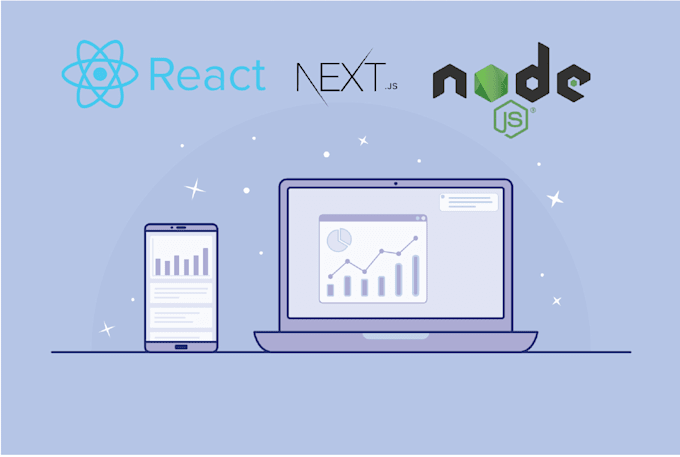
Full-Stack with Next.js & Node.js
Mayur Bariya
Full-Stack Application
28-Apr-2024
Next.js is a powerful React framework that simplifies web development with features like server-side rendering, static site generation, and dynamic routing. When paired with Node.js for backend operations, developers can create full-stack applications with seamless communication between front-end and back-end through APIs.
This stack enables the development of high-performance applications that fetch data efficiently and render quickly for users. Next.js also provides built-in support for API routes, allowing backend logic to be implemented without setting up a separate server.
Using Next.js and Node.js together, developers can deliver robust, scalable, and maintainable web applications, demonstrating expertise in both front-end and back-end development.

What is Redux?
Mayur Bariya
What is Redux?
10-Feb-2024
Redux is a popular state management library for JavaScript applications that helps developers manage data in a predictable and centralized way.
Instead of maintaining state separately in different components, Redux provides a single centralized store that acts as the source of truth for the entire application. Components interact with this store by dispatching actions, and the state is updated via reducers. This ensures that state changes are consistent and easy to track.
Using Redux makes complex applications more organized, scalable, and easier to debug, while also improving maintainability.
Although Redux may seem like extra setup initially, it becomes extremely valuable as projects grow in size and multiple components need to share and manage the same data.
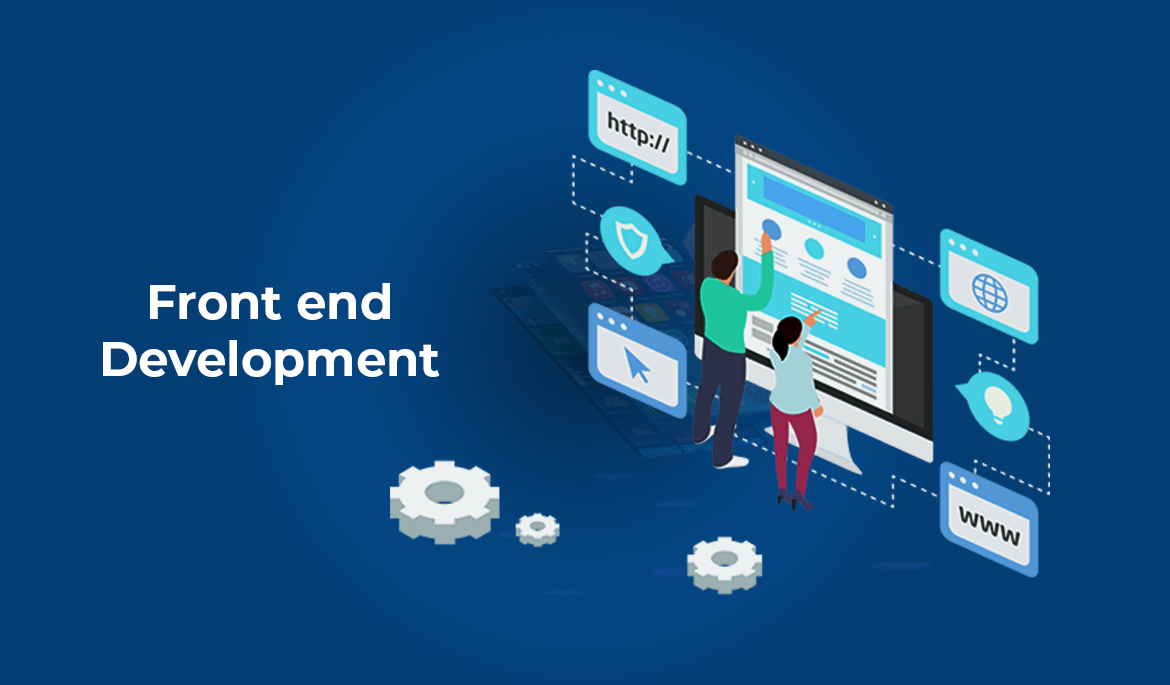
Front-end Development
Mayur Bariya
Front-end Development
21-Dec-2023
Captivating Users with Modern Interfaces
In the past, a simple web design was enough to engage users. Today, with rapidly evolving technology and modern ways of presenting information, front-end developers play a crucial role in creating captivating digital experiences.
Modern front-end applications must include interactive and intuitive features such as:
- Chat interfaces
- Video calls
- Dynamic dashboards
- Smooth animations and transitions
Users have numerous options vying for their attention, so developers must deliver highly engaging, seamless, and user-friendly interfaces to keep audiences hooked.
With such high expectations, businesses are increasingly recognizing the importance of dedicated front-end development. As a result, the demand for front-end development outsourcing has risen significantly, allowing companies to access skilled professionals who can deliver modern, high-performing web applications.

Front End Developer Salary in India in 2023 [For Freshers & Experienced]
Mayur Bariya
Front End Developer
23-Sep-2023
Average Salary (2023)
- Freshers (0–1 yrs): ₹3 – ₹5 LPA (top firms up to ₹6–7 LPA)
- Mid-Level (2–5 yrs): ₹6 – ₹12 LPA (depends on skills & company)
- Senior (5+ yrs): ₹12 – ₹20 LPA (can cross ₹25+ LPA in product firms)
Key Factors That Influence Salary
- Experience: More years = higher pay
- Company Type: MNCs & product firms pay more than startups
- Tech Stack: React, Next.js, Angular, Vue fetch higher salaries
- Deployment & DevOps: AWS, Docker, CI/CD boosts value
Skills That Boost Your Earning Potential
- JavaScript + Modern frameworks (React.js, Next.js, Angular, Vue.js)
- REST / GraphQL APIs & basic Node.js
- Version control & CI/CD (Git, GitHub Actions, Jenkins)
- Cloud deployment (AWS, Vercel, Netlify) & Docker
- Performance optimization & responsive/cross-browser UIs
- Testing & code quality (Jest, Mocha) + Agile practices
Career Growth
Developers can grow into Senior Engineer, Full Stack Developer, UI/UX Engineer, Tech Lead, or Engineering Manager with higher pay and responsibility.
Conclusion: Front-end development is a top career choice in India for 2023. With the right skills, you can grow into ₹20 LPA+ roles 🚀
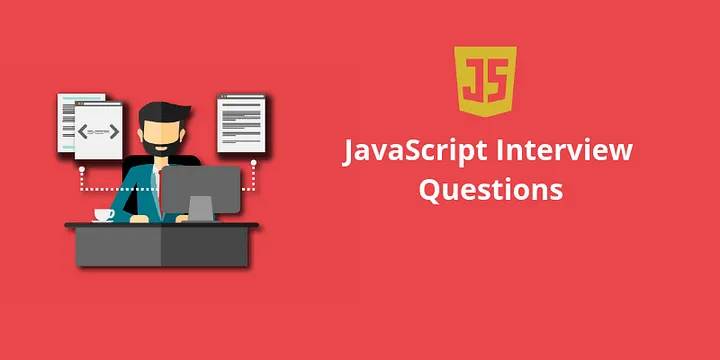
20 Most Asked Javascript Interview Questions & Answers [2024]
Mayur Bariya
Javascript Questions
20-May-2023
JavaScript is a must-know language for front-end and full-stack developers. Preparing for interviews? Here are the 20 most frequently asked JavaScript questions and answers to help you succeed in 2024.
- 1. What is JavaScript? – A lightweight, interpreted language for web development enabling dynamic content and client-side scripting.
- 2. var vs let vs const – var: function-scoped; let: block-scoped; const: block-scoped and immutable.
- 3. Closures – Functions accessing variables from outer scope even after the outer function returns.
- 4. Hoisting – Moves declarations to the top of scope; vars are undefined, functions fully hoisted.
- 5. == vs === – == checks value with type coercion, === checks value and type strictly.
- 6. Arrow functions – Concise syntax, no own this context.
- 7. null vs undefined – null: intentional absence, undefined: declared but not assigned.
- 8. Event bubbling vs capturing – Bubbling: child→parent; Capturing: parent→child.
- 9. Synchronous vs Asynchronous – Synchronous: blocking line-by-line execution; Asynchronous: non-blocking using callbacks/promises.
- 10. Promises – Handle async operations; value may be available now, later, or never.
- 11. var vs function scope – var is function-scoped, let/const are block-scoped.
- 12. this keyword – Refers to the object calling the function; depends on invocation context.
- 13. call(), apply(), bind() – Methods to control this; call: args individually, apply: args as array, bind: returns new function.
- 14. JS data types – Primitive: string, number, boolean, null, undefined, symbol, bigint; Non-primitive: objects/arrays.
- 15. == vs Object.is() – Object.is() checks exact equality with special NaN/-0 handling.
- 16. JS Modules – ES6 modules use export/import for code separation.
- 17. Event loop – Handles async callbacks, manages call stack & task queue for non-blocking execution.
- 18. undefined vs undeclared – Undefined: declared but not assigned; undeclared: never declared, throws ReferenceError.
- 19. Template literals – Strings with backticks (`) and $ interpolation.
- 20. map() vs forEach() – map() returns a new array; forEach() returns undefined.
These 20 questions cover the most common JavaScript concepts asked in 2024 interviews. Mastering these will give you confidence to tackle front-end and full-stack interviews.

Full Stack Web Development with .NET
Mayur Bariya
.NET
14-Jan-2023
Full stack web development with .NET involves creating both the front-end and back-end of web applications. Dedicated full-stack developers can handle multiple technologies, improving coordination and the quality of the final product.
Companies increasingly hire full-stack .NET developers for web and mobile projects, especially with the growing demand for cloud-based solutions. A developer skilled in both front-end and back-end development can understand client design requirements, address technical limitations, and communicate effectively with the team.
Full-stack .NET developers also need experience with tools like Visual Studio and knowledge of the full development lifecycle, including various DevOps practices. Their expertise spans programming languages, server environments, and technology configuration, making them highly valuable in modern web development teams.

What is Full Stack Development Project?
Mayur Bariya
Full Stack Development
01-Nov-2022
Full stack development projects are web applications that utilize multiple technologies, such as HTML, CSS, JavaScript, and backend frameworks. Developers leverage various tools and techniques while working on these projects, including IDEs, version control systems like GitHub, image editors, and development frameworks.
These projects are ideal for beginners who want to gain hands-on experience in both front-end and back-end development. By working on full stack projects, you can build practical knowledge of software development, understand how different technologies interact, and enhance your skills to compete in the job market.
To gain proficiency, consider enrolling in a comprehensive Full Stack Development course. Familiarity with the required technologies and real-world project experience is key to mastering full stack development.
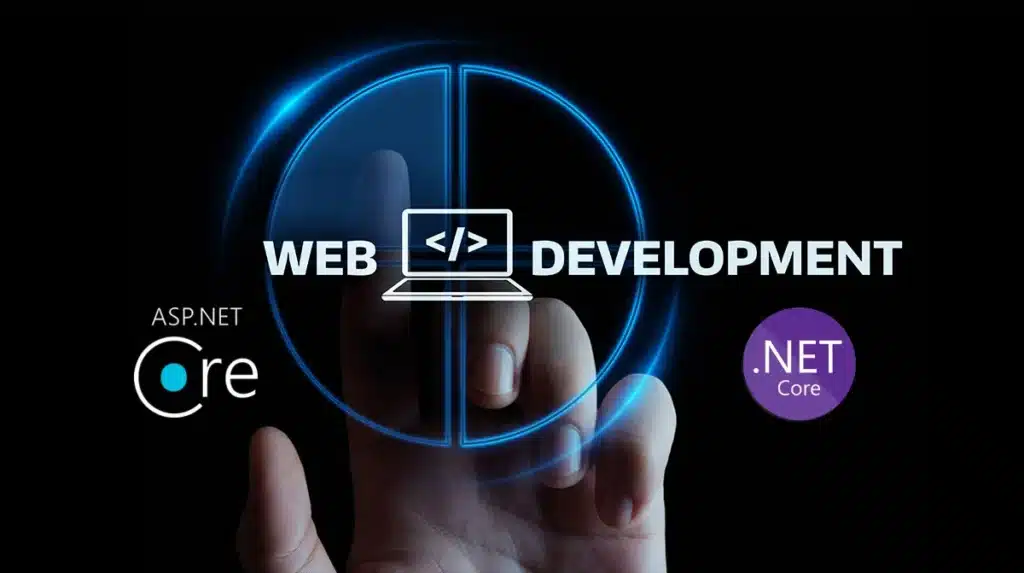
Getting Started with ASP.NET Core for Modern Web Development
Mayur Bariya
ASP.NET Core
12-Aug-2022
ASP.NET Core is a modern, cross-platform framework for building web applications, APIs, and microservices. It comes with built-in features like dependency injection, middleware pipelines, and security tools, making it ideal for scalable and secure backend solutions.
ASP.NET Core supports various application architectures, including MVC and RESTful APIs, allowing developers to build versatile, high-performance applications. Its cross-platform nature ensures your applications run seamlessly on Windows, Linux, and macOS.
By mastering ASP.NET Core, developers can create enterprise-grade applications with robust architecture and maintainable code, making it a valuable skill in the full-stack developer toolkit.